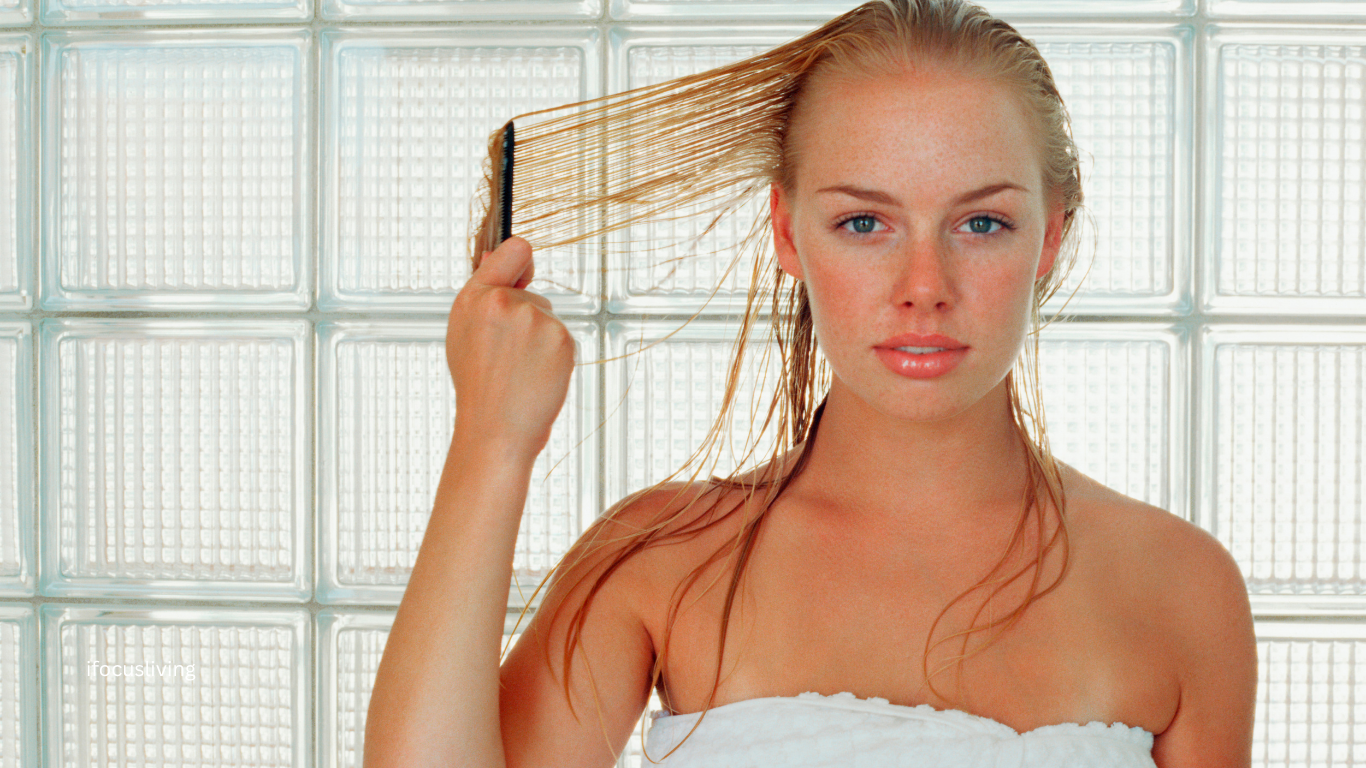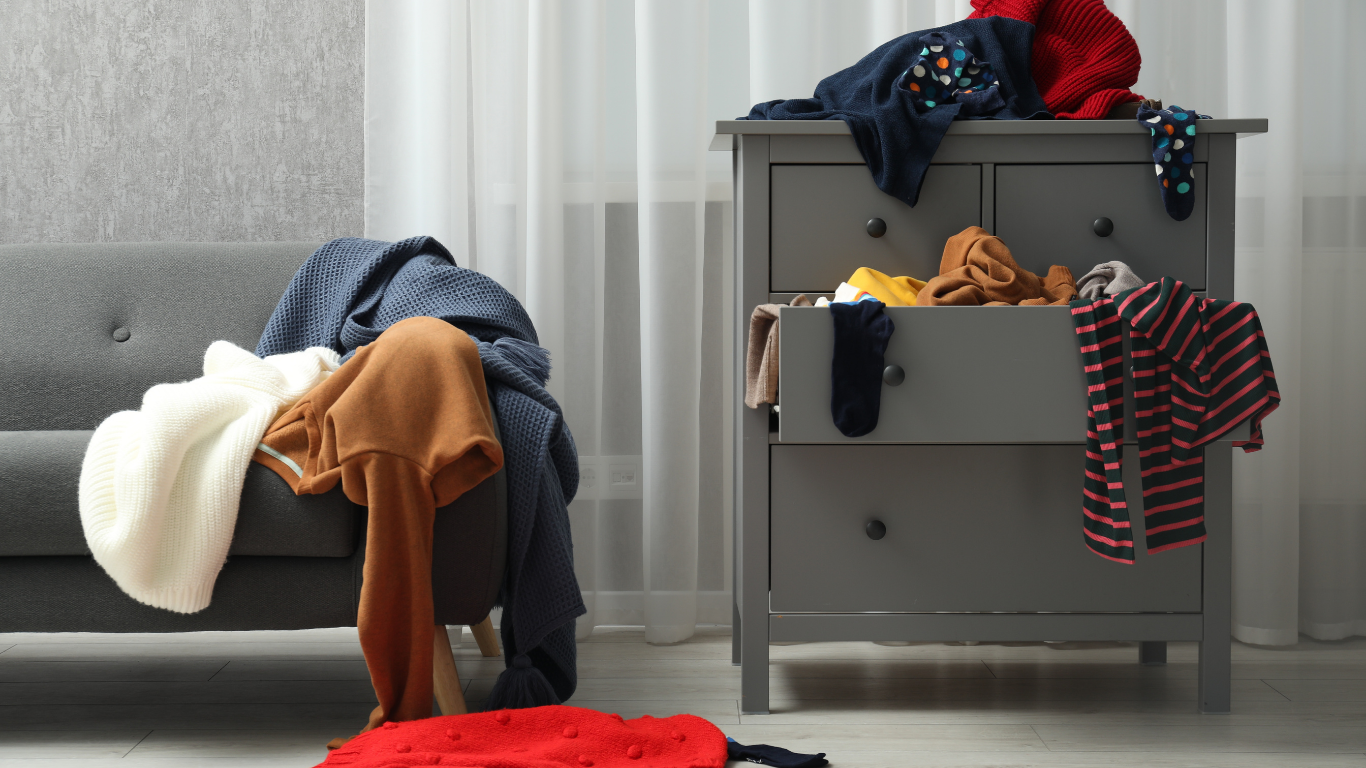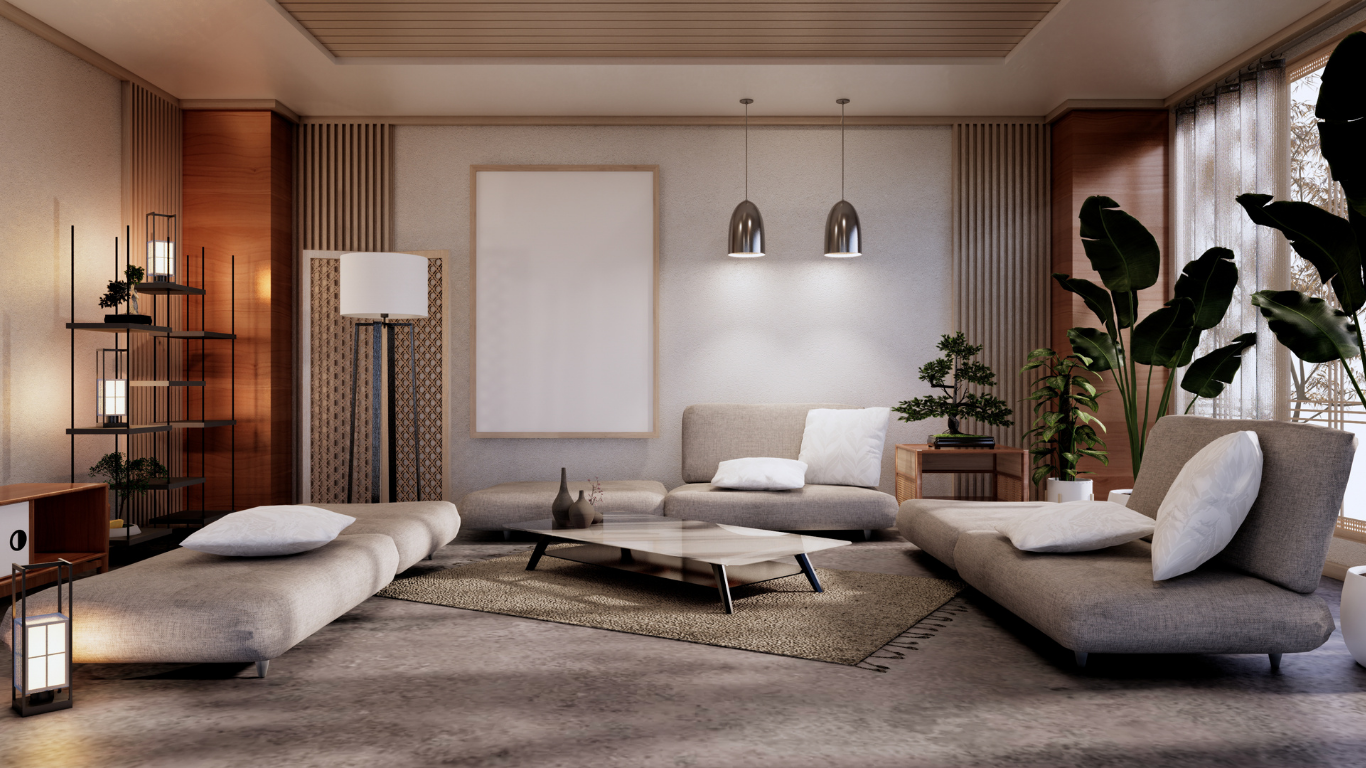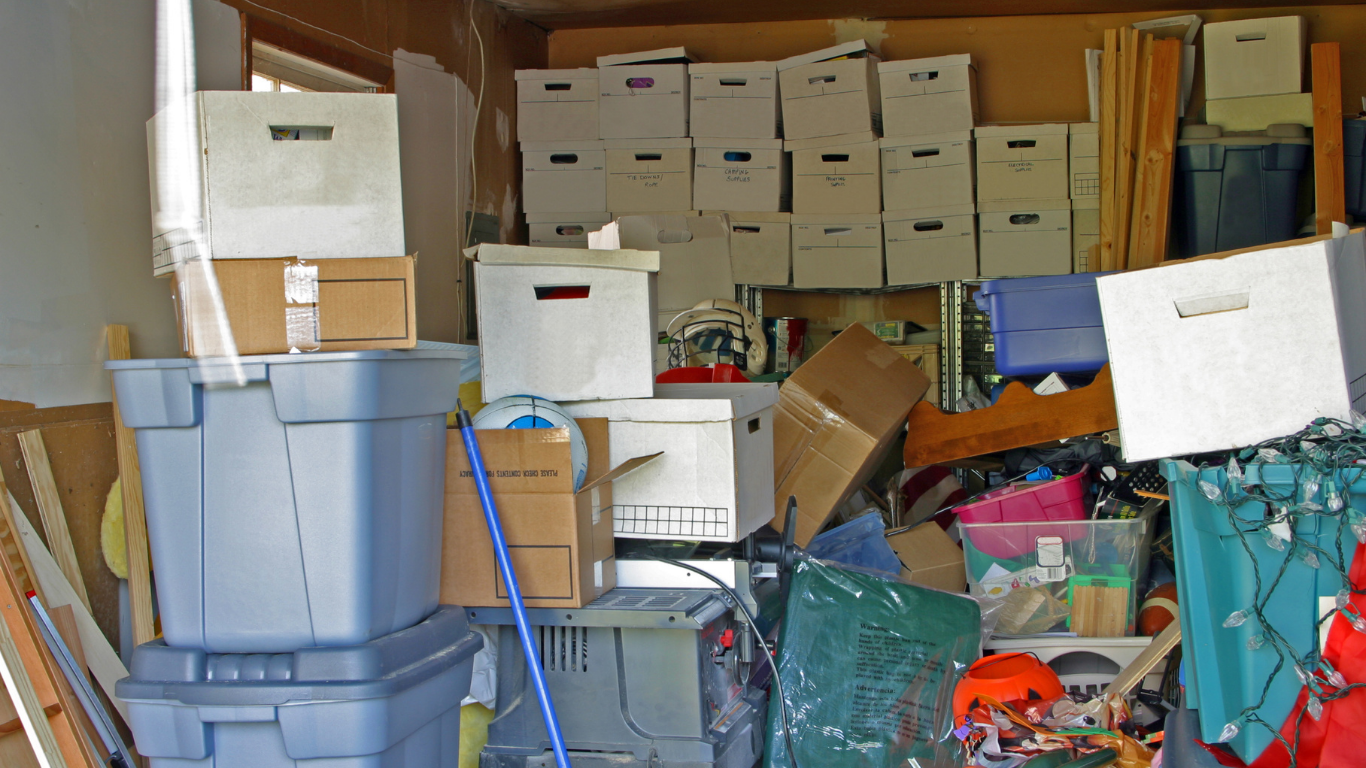Let’s paint a picture: you’ve just had a relaxing night shower, your hair’s dripping clean, and you’re cozying up in bed, thinking, “I’ll deal with it in the morning.” But here’s the thing — that habit could be inviting more than just a bad hair day.
According to health and beauty professionals, sleeping with wet hair doesn’t just mess with your style — it could seriously sabotage your scalp, skin, and even your sheets. And the consequences? Think fungal infections, breakouts, and breakage. Gross, right?
So before you wrap your towel around your head and call it a night, let’s break down what’s really happening under the covers (literally) when you go to bed with wet hair — and what experts want you to know.
Your Hair Is Most Vulnerable When Wet — And Your Pillow Knows It
Hair, when wet, isn’t just damp — it’s downright delicate. The outer layer of your strands, called the cuticle, opens up when soaked, making it more elastic and prone to damage.
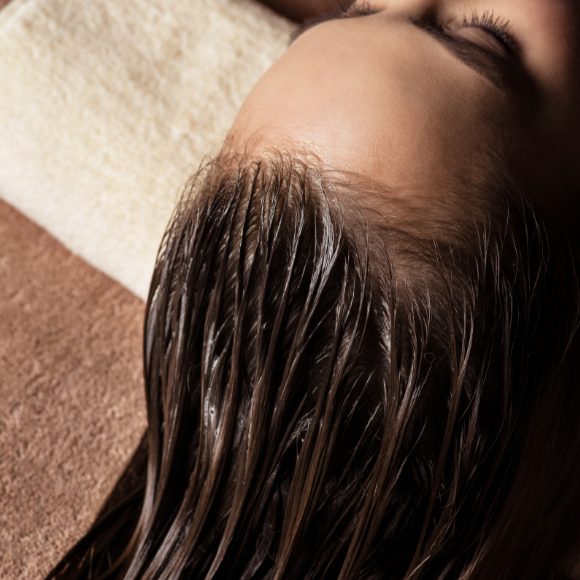
“Wet hair stretches up to 30% more than dry hair,” says one trichologist in a 2025 hair health study. “That elasticity makes it incredibly fragile. Add the friction of tossing and turning on cotton pillowcases, and you’ve got the perfect storm for split ends and hair thinning.”
Translation? You’re not waking up with mermaid waves — you’re waking up with breakage.
Your Scalp Is a Breeding Ground for Bacteria (Yes, Really)
It’s not just your strands in trouble. When your wet scalp presses into a pillow overnight, you create a warm, humid environment. You know who loves humidity? Bacteria. And fungi. And dust mites. It’s a triple-threat that thrives in dark, damp conditions — like the back of your head against a pillowcase.
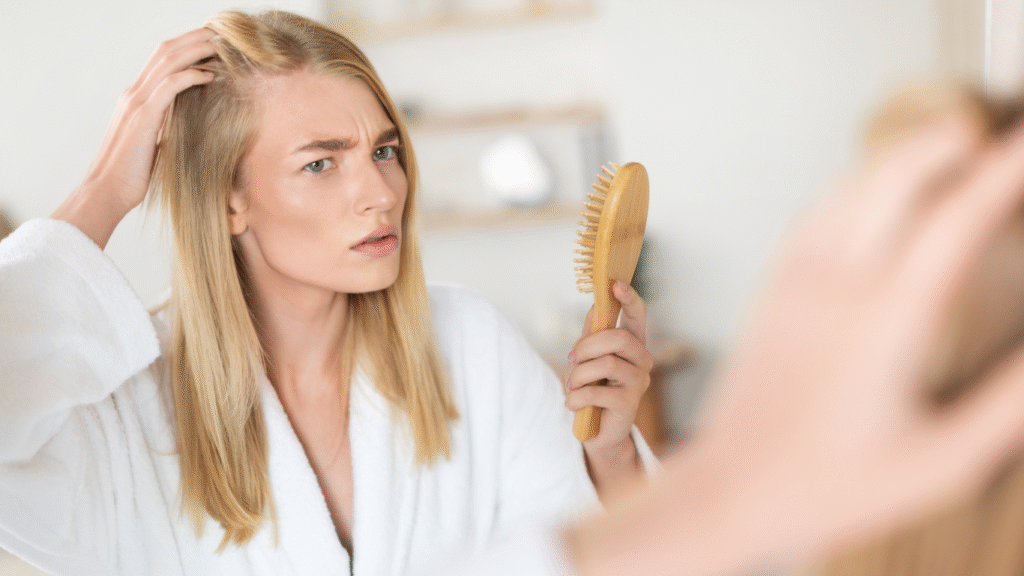
“Even a few hours of moisture against your scalp can disrupt your microbiome,” explains a dermatologist from the Global Skin Institute. “Conditions like dandruff, scalp acne, seborrheic dermatitis, and fungal folliculitis can easily flare up.”
And if you’re already dealing with sensitive skin, oily roots, or eczema? Sleeping with wet hair is like tossing a match on a pile of kindling.
Your Pillowcase Isn’t Just Soaking Up Water — It’s Soaking Up Trouble
Water from your hair doesn’t just disappear. It seeps into your pillowcase and mattress. Over time, this damp environment can collect oil, dead skin cells, and product residue — a combination that creates a breeding ground for acne-causing bacteria.
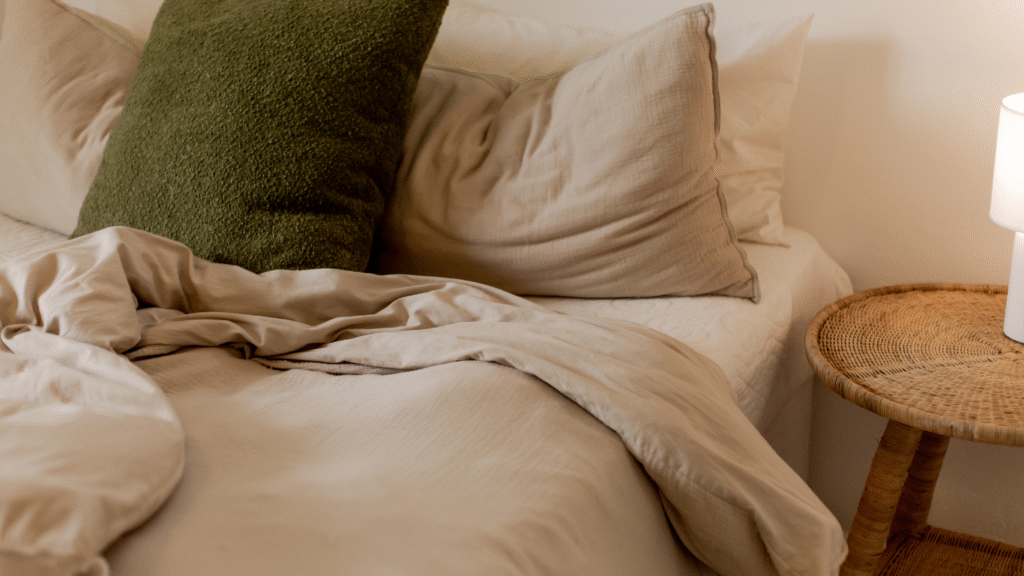
“One of the most overlooked causes of recurring breakouts is the pillow itself,” a skincare research team found in a recent clinical survey. “Sleeping with damp hair increases moisture retention in pillows, and with it, the likelihood of pore-clogging bacteria spreading to your face, jawline, and neck.”
Add makeup residue and nightly sweat to the mix? Yikes.
It’s Not Just a Beauty Problem — It’s a Hygiene One
While it might seem like a harmless shortcut, this nightly habit is more than a cosmetic concern. Moisture trapped in your pillow doesn’t just affect you — it affects your entire sleep environment.
A 2024 environmental hygiene study found that damp pillows harbor 16% more bacteria than dry ones. Dust mites, fungal spores, and microbial growth all increase in damp environments — and since your face is pressed right up against it for 6–8 hours a night, your immune system has to work overtime to keep things in check.
So What’s the Healthier Routine?
You don’t have to give up your nightly showers — just change how you finish them. Here’s what experts recommend:
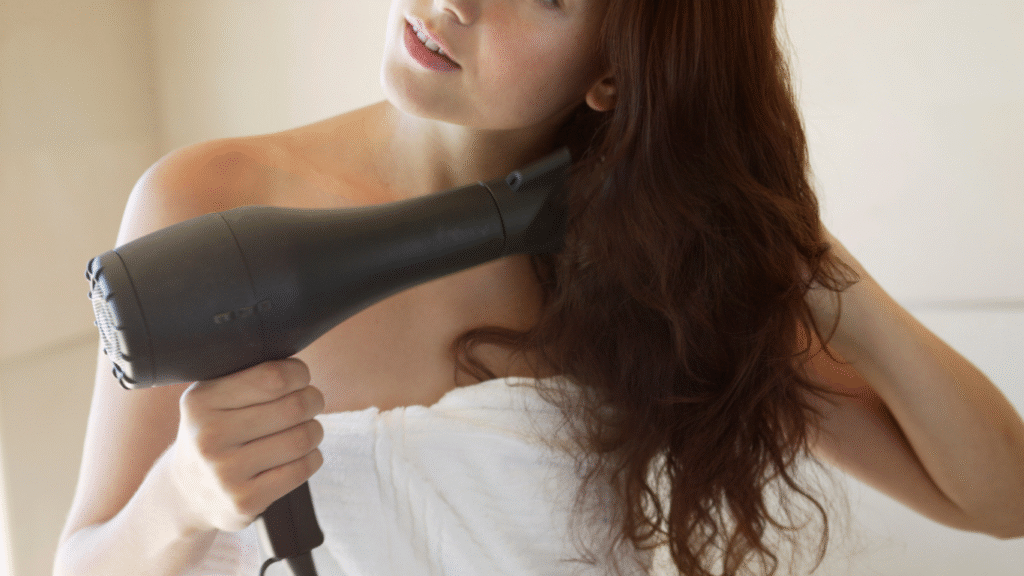
- Towel dry your hair thoroughly until it’s damp, not dripping.
- Use a heat protectant and blow dry on low or medium until it’s at least 90% dry.
- If air drying, do it before bed — and loosely braid or twist your hair to reduce friction.
- Invest in a silk or satin pillowcase to reduce breakage and minimize bacteria buildup.
- Wash your pillowcases twice a week — especially if you have sensitive skin or acne-prone areas.
Final Thoughts: Your Sleep Should Be Restful, Not Risky
At the end of the day, your bedtime routine should nourish you — not sabotage you. While it might feel harmless to hit the pillow with wet strands, the science tells a different story. From scalp infections to skin breakouts and brittle hair, it’s just not worth the shortcut.
Taking just a few extra minutes to dry and prep your hair properly could save you months of damage repair, not to mention some cringe-worthy skin surprises.
So go ahead — protect your hair, guard your skin, and keep your sleep space clean. Because beauty sleep should never come at the cost of your health.
Would your bestie sleep with wet hair after reading this? Share this post and let her know it’s time to rethink that post-shower snooze!

